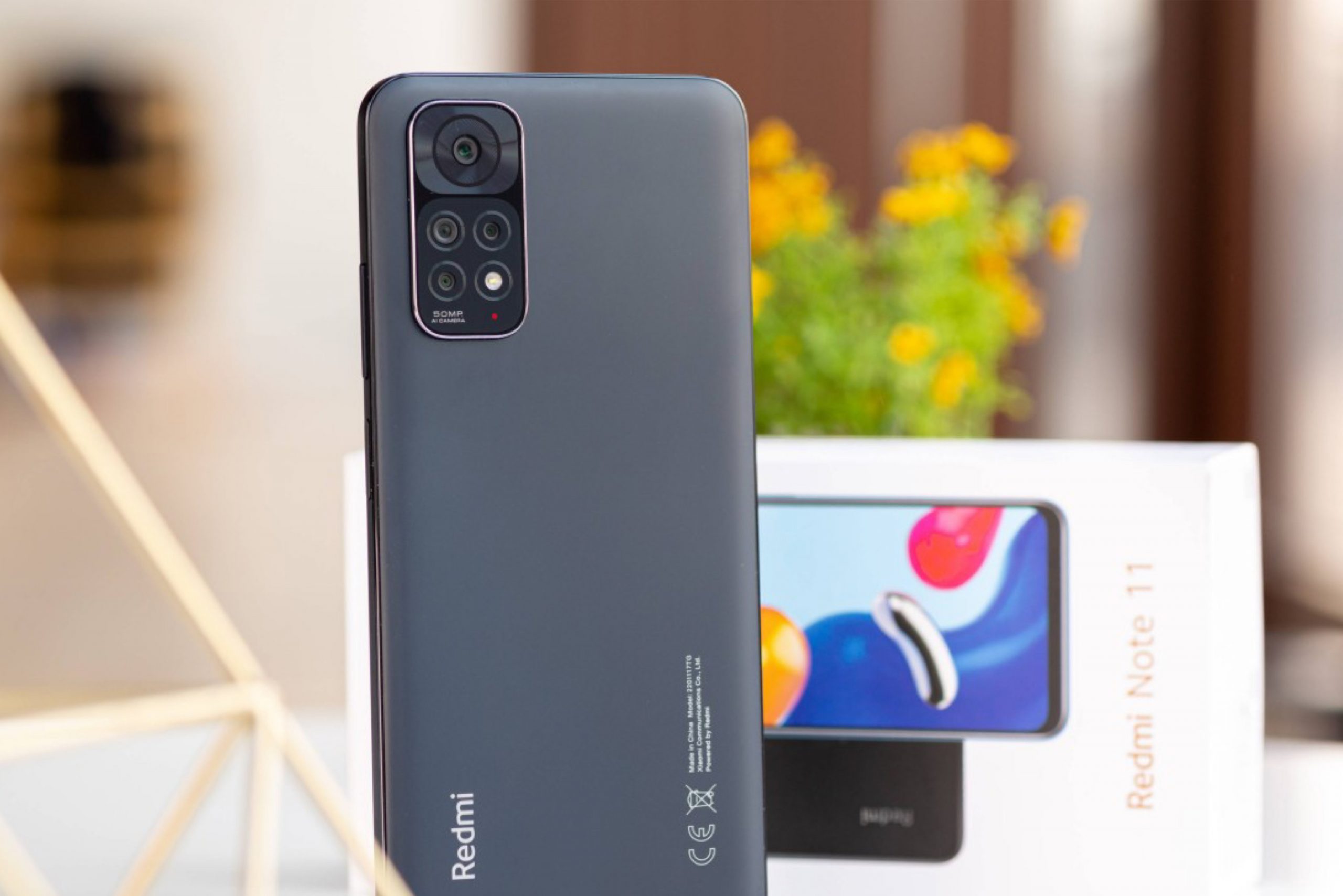This is the worldwide launched Xiaomi Redmi Note 11, which is a value-based mid-range smartphone with a plethora of siblings with the same name.
Redmi debuted the Redmi Note 11 this year, with global varieties divided into 4G and 5G variants, as well as Pro and S models, among others.
The Redmi 11 Global Vanilla is extremely similar to the Redmi Note 11 S, which has the same design but a different CPU and main camera. The Redmi Note 11 is one of the lower-tier models in the lineup; it’s a budget-friendly mid-ranger that offers a lot of value. The phone has a slightly curved glass back with a smooth matte surface.
Oraimo Freepods pro: Review, Specs, and Price in Nigeria – is this the best budget ANC earbuds in Nigeria?
The flat frame is composed of plastic, yet the phone feels quite solid overall. One thing I enjoy is that, despite its enormous battery, the Redmi Note 11 is lightweight, and it boasts IP53-rated protection against dust and light splashes.
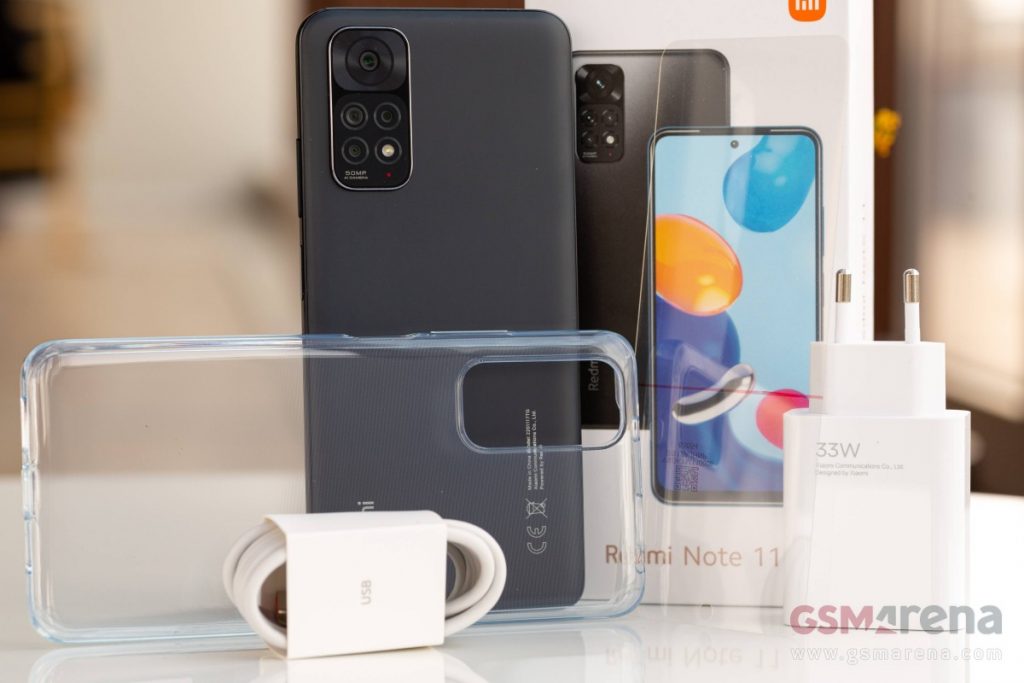
Redmi Note 11 Display
The front has the same screen as the more expensive Note 11s, with a 6.43 inch AMOLED display with a 1080p resolution, gorilla glass 3 protection, and a fast 90hz refresh rate, which is an advance over last year’s model, the Redmi note 10.
It makes swiping and scrolling more visually appealing, but it isn’t actually adaptive to save energy, but certain apps will operate at 60hz rather than 90hz.
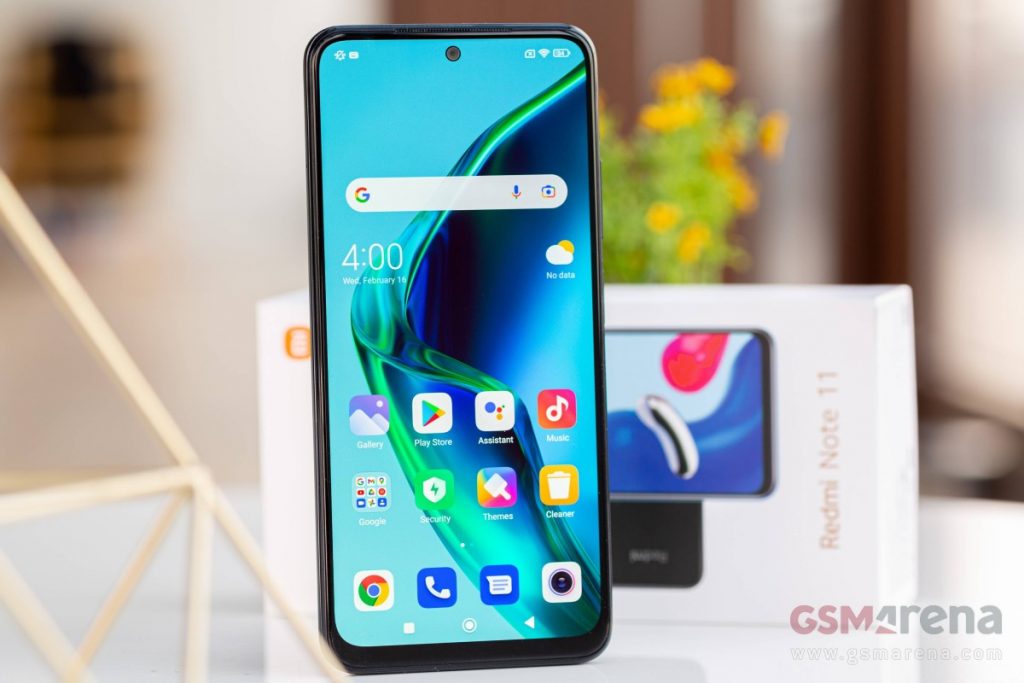
The display looks nice, especially for a budget phone, with content looking sharp at over 400 PPI and blacks being deep thanks to AMOLED technology, there’s no HDR10 support but colors can be accurate depending on the color profile and tweaks you choose in settings, the brightness of this panel is also excellent for this price range and we were able to measure 465 nits of max brightness with a manual slider and this can boost to over 730 nits in auto mode when in bright sun.
Redmi Note 11 Performance, Audio, OS
The Redmi Note 11 sports a 3.5mm headphone jack and a set of stereo speakers for audio. The speakers are nicely balanced and received a very strong loudness rating on our charts; the quality appears to have improved over last year’s model, with clearer and richer mids and better-defined lows.
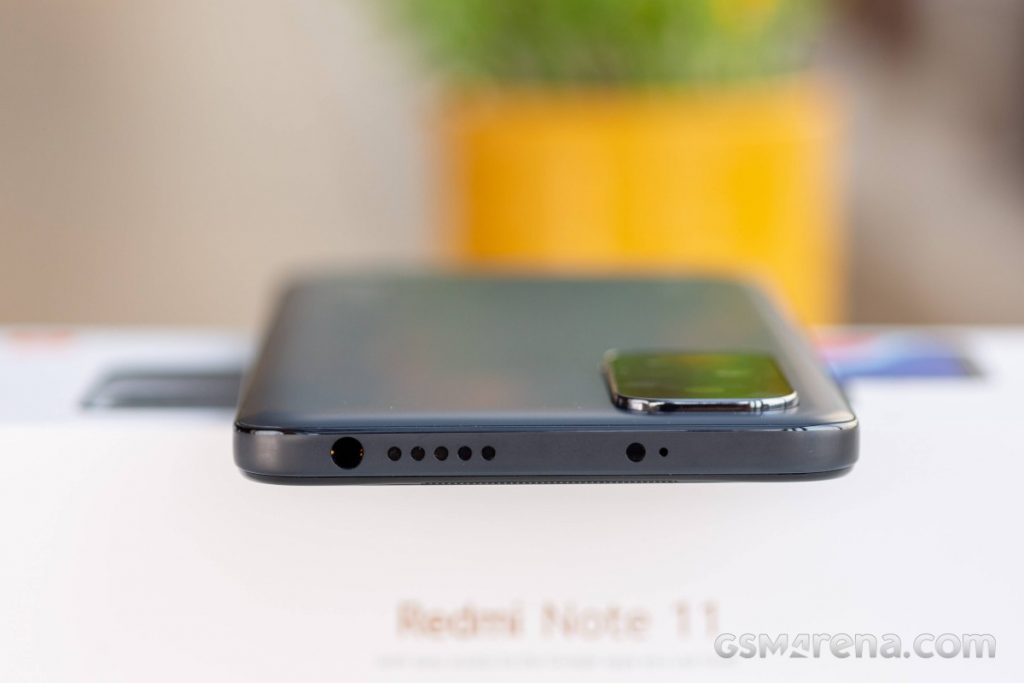
The Xiaomi Redmi Note 11 has a fingerprint reader embedded into the power button on the side. It is really fast and sensitive to your touch. Storage can be expanded in addition to the built-in memory of 64/128GB.
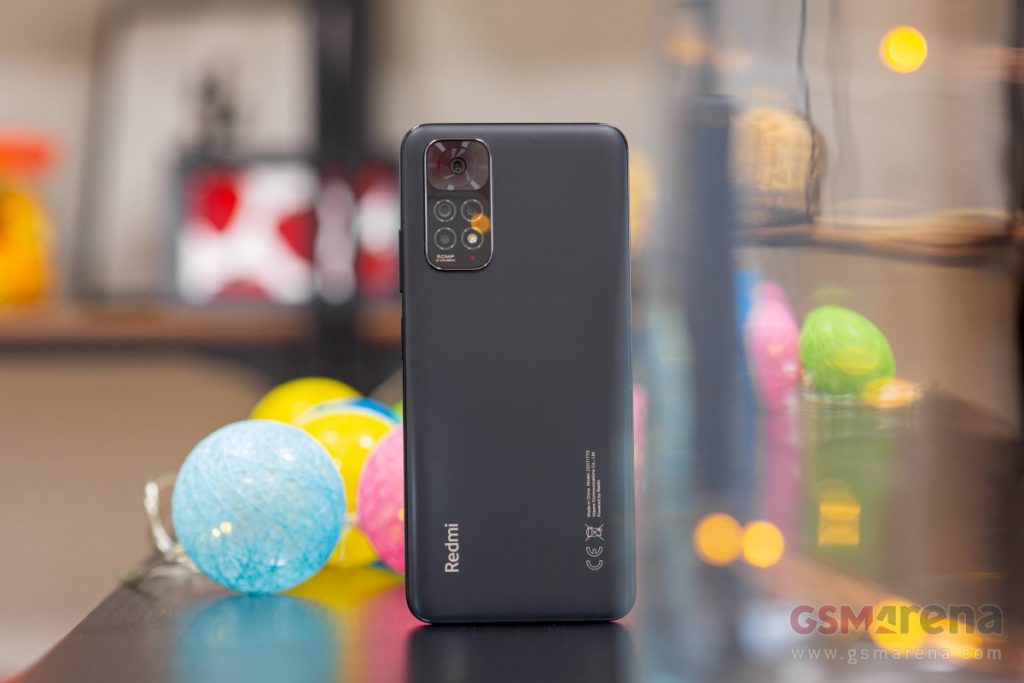
The new Redmi phones use Xiaomi’s latest Miui 13 UI, which runs on top of Android 11. It’s simple and, in fact, fairly identical to the previous version of MIUI. If you want to learn more about the functionality and benefits of MIUI 13 over Android 11, click on the link.
The worldwide Redmi Note 11 is powered by a Qualcomm Snapdragon 680 chipset and does not offer 5G connectivity like the Chinese model. When it comes to Redmi Note 11 performance, it’s a bit of a mixed bag. On the one hand, the CPU scores match favorably to last year’s model and other similarly priced phones.
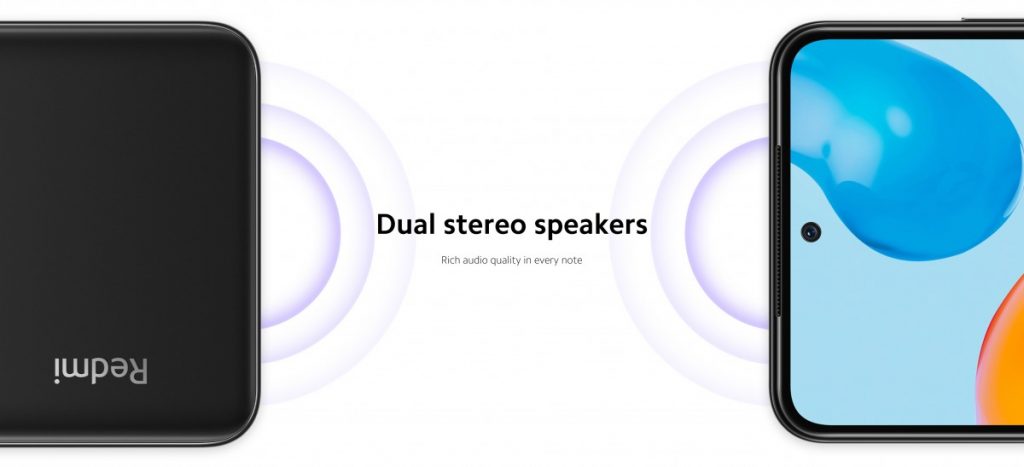
This phone’s graphics performance is at the bottom of the charts, so it’s not a device you’d want to use for much gaming, but it’s fine for day-to-day work.
On the Redmi Note 11, gaming in 90Hz mode is a mixed bag. We tested a few games that we know can run at greater than 60Hz and 60fps, and most of them made good use of the refresh rate, even rendering at above 60fps on the Redmi Note 11’s relatively small GPU. Others, such as Dead Trigger 2, remained at 60Hz. But, in this case, that’s not a terrible thing, because the Redmi Note 11 lacks the horsepower to even render Dead Trigger at 60fps, let alone above that, according to Xiaomi’s GAMETURBO’s handy FPS counter.
Redmi Note 11 Battery
The chipset is also power-efficient, and the Redmi Note 11 has excellent battery life with a 5000mAh power pack, earning an endurance rating of 126 hours in our proprietary tests. The phone comes with a 33-watt adapter, and the charging speed isn’t blazing fast, but it’s adequate, as we were able to charge the phone from zero to 51 percent in half an hour.
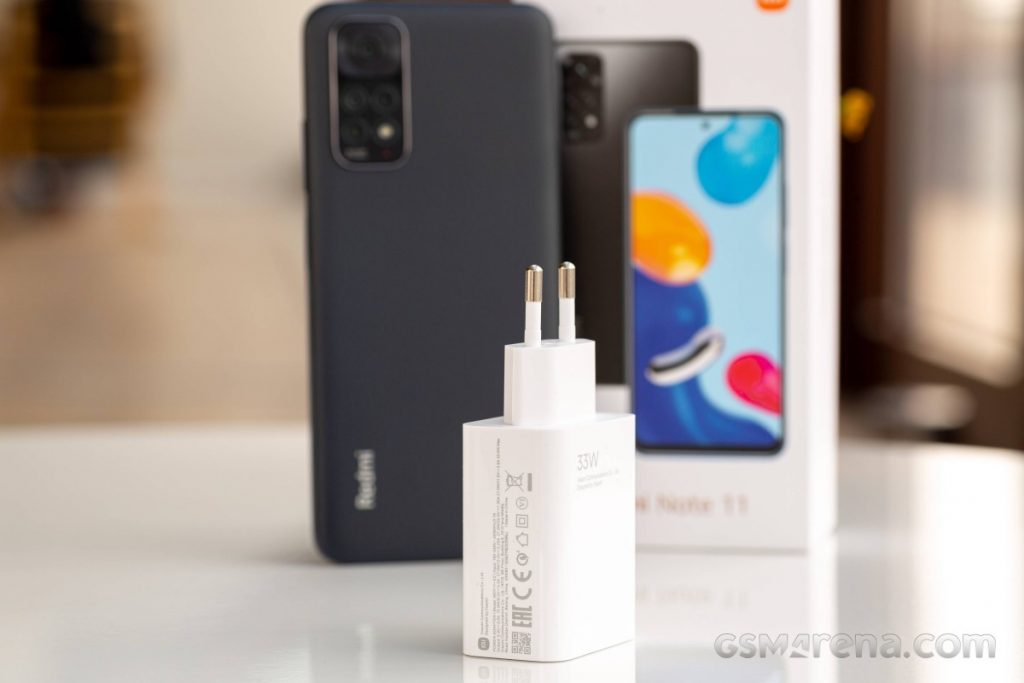
Redmi Note 11 Camera
In terms of cameras, the Note 11 has a 50MP main camera, an 8MP ultra-wide camera, a 2MP macro camera, and a depth sensor. The Redmi Note 11 lacks the high 108-megapixel main camera found on most other Redmi Note 11 series phones.
Photos from the main camera are 12.5 megapixels by default, and they look pretty good for a low-cost device. There’s a lot of detail, true-to-life colors, good contrast, and the photos are sharp enough.
These shots are a little noisy, especially in the skies, because the dynamic range isn’t great and the camera tends to underexpose. Portrait photos are also good in a similar way; we like the subject separation. There is no telephoto zoom, but the digital zoom from the main camera isn’t too bad.
The color exposure and dynamic range are comparable to the un-zoomed photos, and these shots retain plenty of detail without appearing too soft. Even for a budget phone, the photos from the ultra-wide camera are a bit disappointing; the processing is quite aggressive and fine, but the detail appears blotchy, distorted, and even pixelated, especially with distant objects.
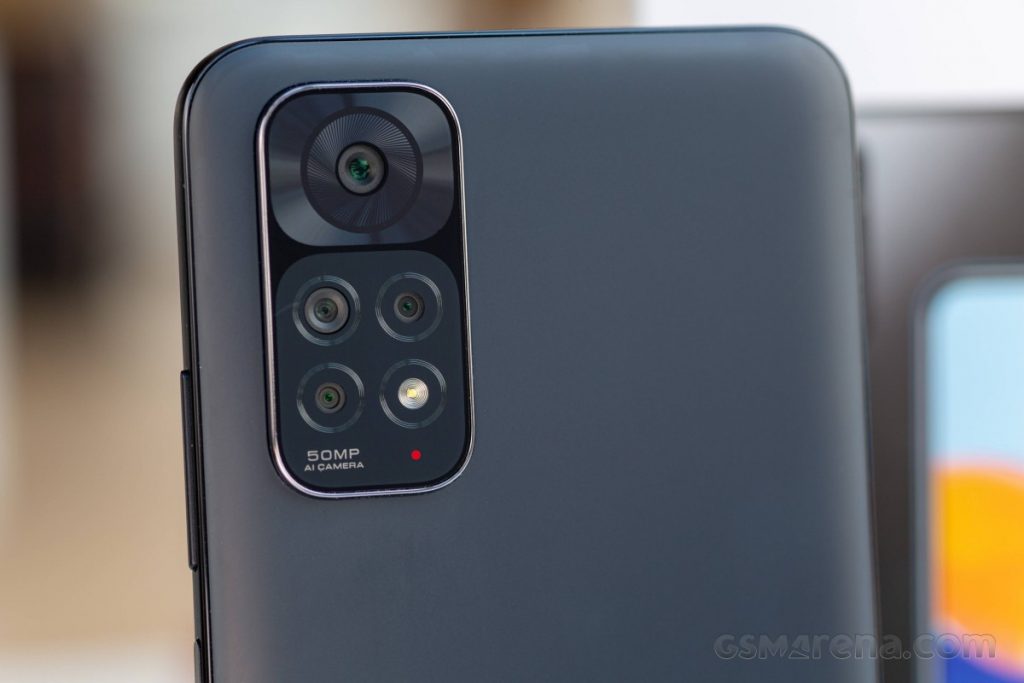
At least the exposure is a little brighter than the main camera’s close-ups, and the 2MP macro camera is surprisingly usable, with enough detail and colors that look good.
The main camera’s low-light photos are usable but unimpressive; you get a decent amount of detail and the colors look true to life. However, there is a lot of noise and the dynamic range is poor; enabling night mode doesn’t make a huge difference, it can brighten up the shots a little but it doesn’t do much for the detail level or the noise.
Night photos from the ultra-wide cam are disappointing; they’re soft and dark, and there’s no night mode to help things out. Selfies taken with the 13-megapixel front-facing camera are good, with good detail and natural colors.
The Redmi Note 11 does not support 4k video recording for some reason, unlike last year’s model, and this is true for all global Redmi Note 11 variants. We have a 1080p video from the main camera that is still acceptable; the detail is good, and there is very little noise.
The ultrawide footage is also adequate for this type of camera, with sufficient detail and low noise. It struggles a little more with dynamic range, but both cameras have a little bit of always-on electronic stabilization, which smoothes out some shakiness.
Check out Camera samples here >>>>>> Here
Watch a Review Video here >>>> GSMARENA

